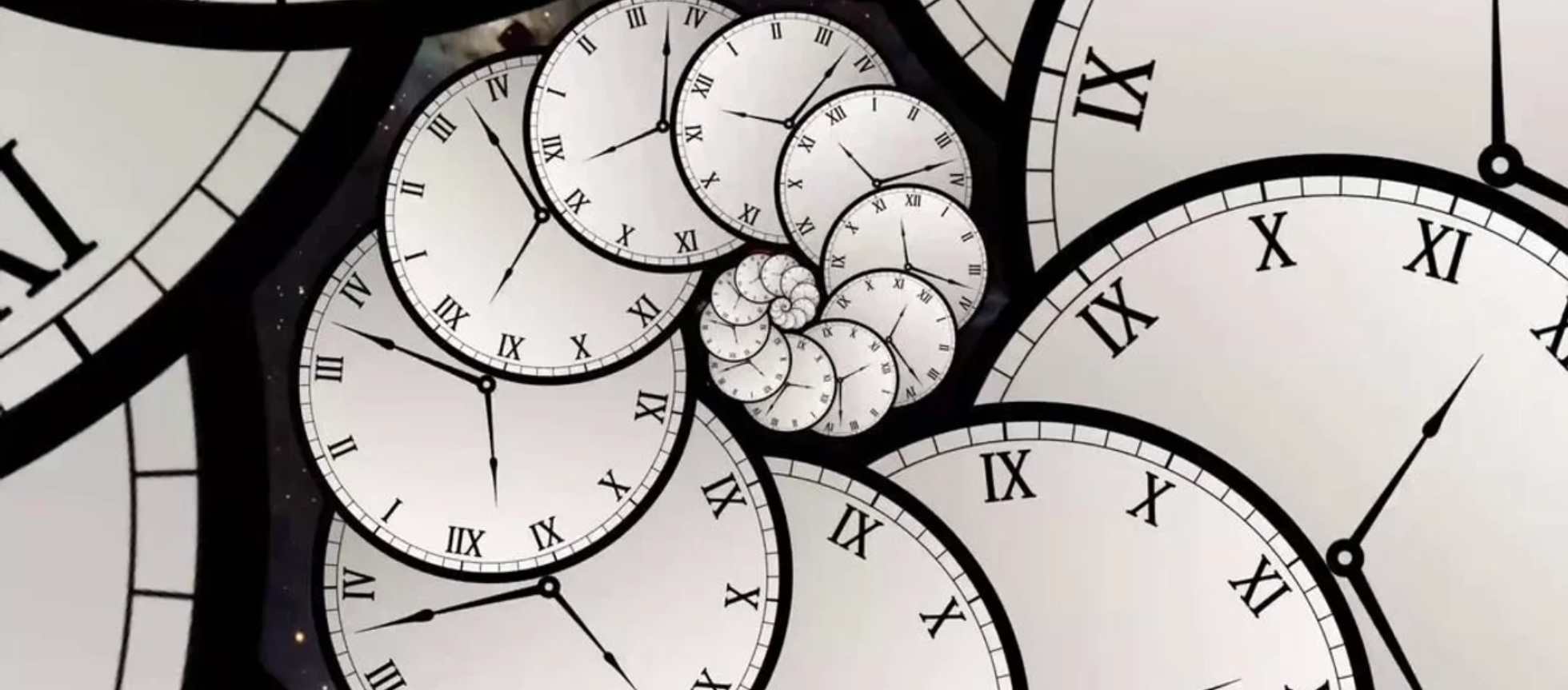Austrian scientists have achieved what was once relegated to the realm of science fiction: successfully reversing the flow of time for individual particles at the quantum level. This research represents a monumental leap forward in our understanding of temporal mechanics, even if it doesn’t quite open the door to visiting ancient civilizations just yet.
The team at the Austrian Academy of Sciences accomplished this feat by constructing what researchers call a “quantum switch” – a carefully controlled environment that allows photons to be manipulated within a closed system. Through this approach, they discovered how to return particles to their previous states without the need to directly observe them, a crucial distinction that preserves the delicate quantum properties essential for advanced computing applications.
While the prospect of human time travel remains firmly in the theoretical realm, the implications for quantum computing are profound. Traditional computers operate on binary systems, processing information as either 1s or 0s. Quantum computing harnesses the power of qubits, which can exist in what scientists call a superposition – simultaneously representing both 1 and 0 at the same time. This third possibility creates computational potential that could dramatically surpass current technological capabilities.
The Austrian breakthrough addresses a critical challenge in quantum computing: error correction. When quantum systems make mistakes, traditional correction methods often destroy the precious superposition state by forcing researchers to pinpoint particle locations. The new “rewind protocol” allows errors to be undone while maintaining that crucial quantum superposition.
“We have demonstrated a universal time-rewinding protocol for two-level quantum systems. Unlike previously proposed protocols, ours can reach an arbitrarily high probability of success and is asymptotically optimal in the time required to perform the rewinding,” the research paper explains.
The scientists discovered they could manipulate time by interfering with possible particle timelines, effectively merging multiple potential paths into their desired outcome. This technique allows them to fast-forward or rewind particle states by manipulating the various directions a photon might travel.
Perhaps most intriguingly, the research suggests broader applications beyond photonic systems. “We emphasize that our results are in principle not restricted to photonic quantum systems, since the concepts used do not make any assumptions about the physical system the protocol is applied to,” the researchers noted.
This universality hints at future possibilities that extend beyond the microscopic quantum realm. Researcher Miguel Navascués has suggested it might be theoretically possible to apply similar principles to larger objects, though he acknowledges such applications remain highly unlikely with current technology.
The paper acknowledges significant challenges ahead, noting that “implementations utilizing massive particles would still likely prove challenging.”
Recent developments in quantum research have also demonstrated that quantum systems can operate at higher temperatures than previously thought possible, bringing these theoretical applications closer to practical reality. These “hot state” quantum superpositions could make the technology more viable for real-world applications.
While the immediate focus remains on improving quantum computing and error correction within controlled laboratory environments, this research represents humanity’s first concrete step toward manipulating time itself.
For now, the technology remains confined to individual particles in carefully controlled quantum environments. So, don’t expect to hop in a time machine to visit the Jurassic period anytime soon.


